Email marketing for small often gives a return of $42 for every $1 spent. This can be a big advantage for small businesses.
Email marketing strategy is a powerful tool in digital marketing. It helps you reach new customers, take care of your loyal ones, and encourage repeat sales.
This guide is here to help you navigate the world of email campaigns with six actionable tips to maximize your success.
From crafting attention-grabbing subject lines to choosing the right email marketing platform, you’ll find everything you need to create campaigns that drive real results.
Why Email Marketing is Essential for Small Businesses
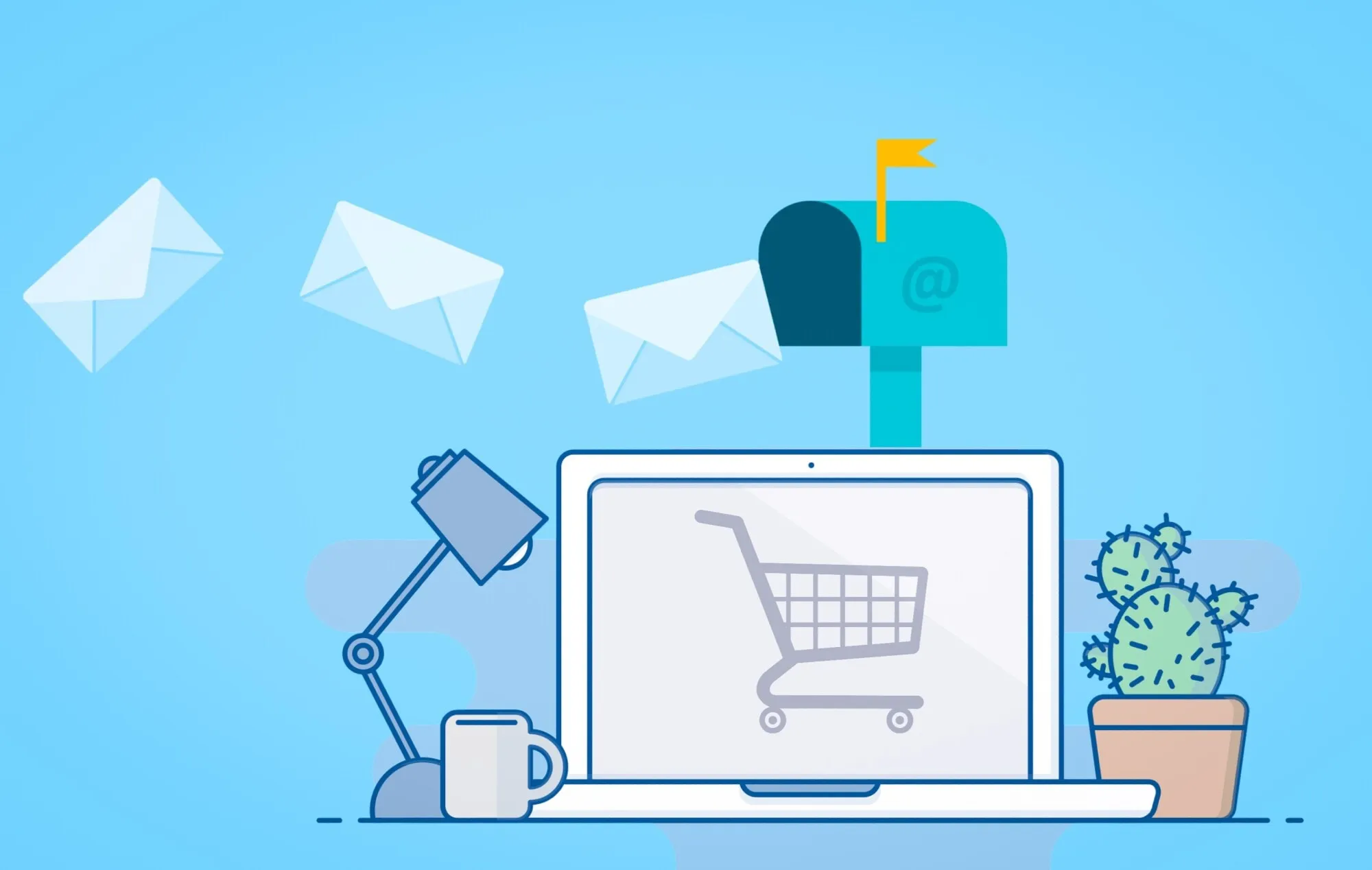
- High ROI with Minimal Investment: Email marketing offers one of the highest returns on investment (ROI). For small businesses, this means more sales with less money spent. You don’t need a big budget to create effective email marketing campaigns.
- Personalized Communication at Scale: Emails let you send personalized messages to many people at once. You can address your customers by their names and recommend products they might like. This personal touch helps you build stronger customer relationships, turning potential customers into loyal ones.
- Direct Ownership of an Engaged Audience: Unlike social media platforms, where algorithms control what people see, email marketing gives you full control. Your contact list belongs to you. This means you can directly communicate with your subscribers anytime.
How to Craft Effective Email Marketing Campaigns
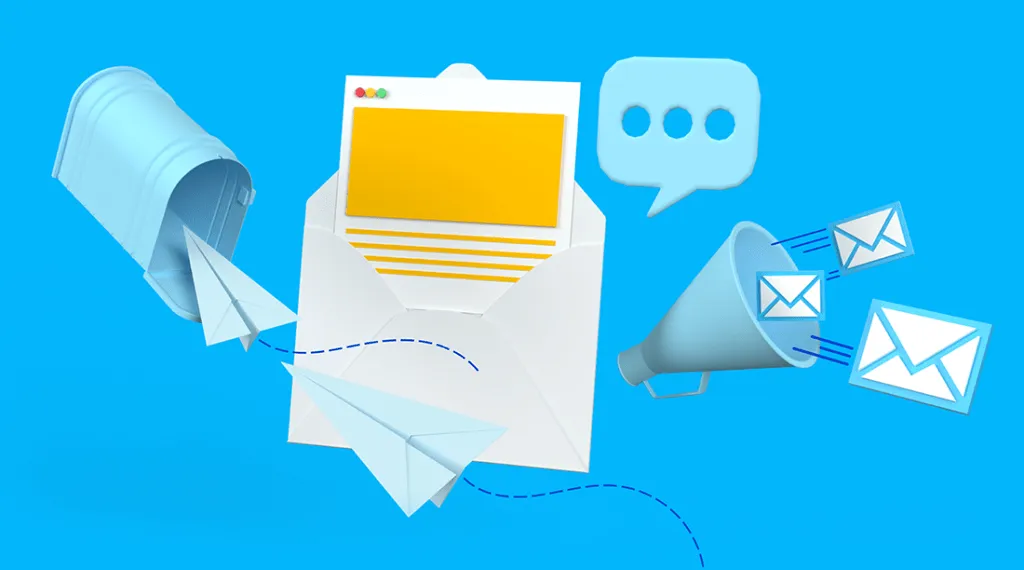
1. Leverage Data-Driven Personalization
Personalization means sending emails that feel tailored to each reader. Data-driven personalization uses information like customer preferences, past purchases, and browsing habits.
How to do it:
Use an email marketing tool that collects and organizes customer data. For example, if a customer buys pet food, send them discounts on similar products.
Personalized emails help build customer relationships and turn potential customers into loyal ones. Studies show that personalized emails can improve engagement by 29%
2. Optimize for Mobile-First Readership
Most people check emails on their phones. If your email doesn’t look good on mobile devices, readers might delete it.
How to do it:
Use an email marketing platform with a drag-and-drop editor to create mobile-friendly designs. Test your emails on a smartphone before sending them.
Keep subject lines short and ensure the call-to-action button is easy to click. Mobile optimization helps keep your emails out of the spam folder and in the subscriber's inbox.
3. Create a Clear Value Proposition in the Subject Line
The subject line is the first thing your audience sees. A strong subject line makes them want to open your email.
How to do it:
Be clear and specific. For example, instead of "Big Sale Now," write "Save 50% on Home Essentials Today!"
Use A/B testing to see which subject lines perform better. A good subject line increases email open rates and ensures your marketing efforts are successful.
4. Segment Your Audience for Laser-Focused Messaging
Segmenting your audience involves dividing your email list into smaller groups based on specific characteristics, such as interests or geographical location. This helps you send emails that are more relevant to each group.
How to do it:
Use an email marketing tool to sort your contact list into categories. For example, create one group for loyal customers and another for potential customers. Then, tailor your message for each group.
If you sell clothes, you can send winter sales emails to people in colder regions. This approach increases engagement and helps build customer relationships.
"Enhance your outreach with Alore’s Drip Campaigner. Personalize your email sequences and watch your engagement soar. Try Alore Drip Campaigner Today!"
5. Incorporate Interactive Elements
Interactive elements like polls, quizzes, or buttons make your emails fun and engaging. They encourage readers to take action and spend more time on your email.
How to do it:
Add a quiz about your products or a poll asking for customer feedback. Include clickable buttons, like "Shop Now" or "Get Discount."
Use tools that support drag-and-drop editors to make creating these elements easy. Interactive emails keep customers engaged and help you collect useful data.
6. Use A/B Testing for Continuous Improvement
A/B testing lets you compare two versions of an email to see which one works better. For example, you can also test emails with different subject lines or call-to-action buttons.
How to do it:
Choose one thing to test at a time, like the subject line. Send one version to half your audience and the other version to the rest.
Use analytics from your email marketing platform to see which version gets better results. A/B testing helps you improve your emails over time and achieve successful email marketing.
How to Choose the Right Email Marketing Software
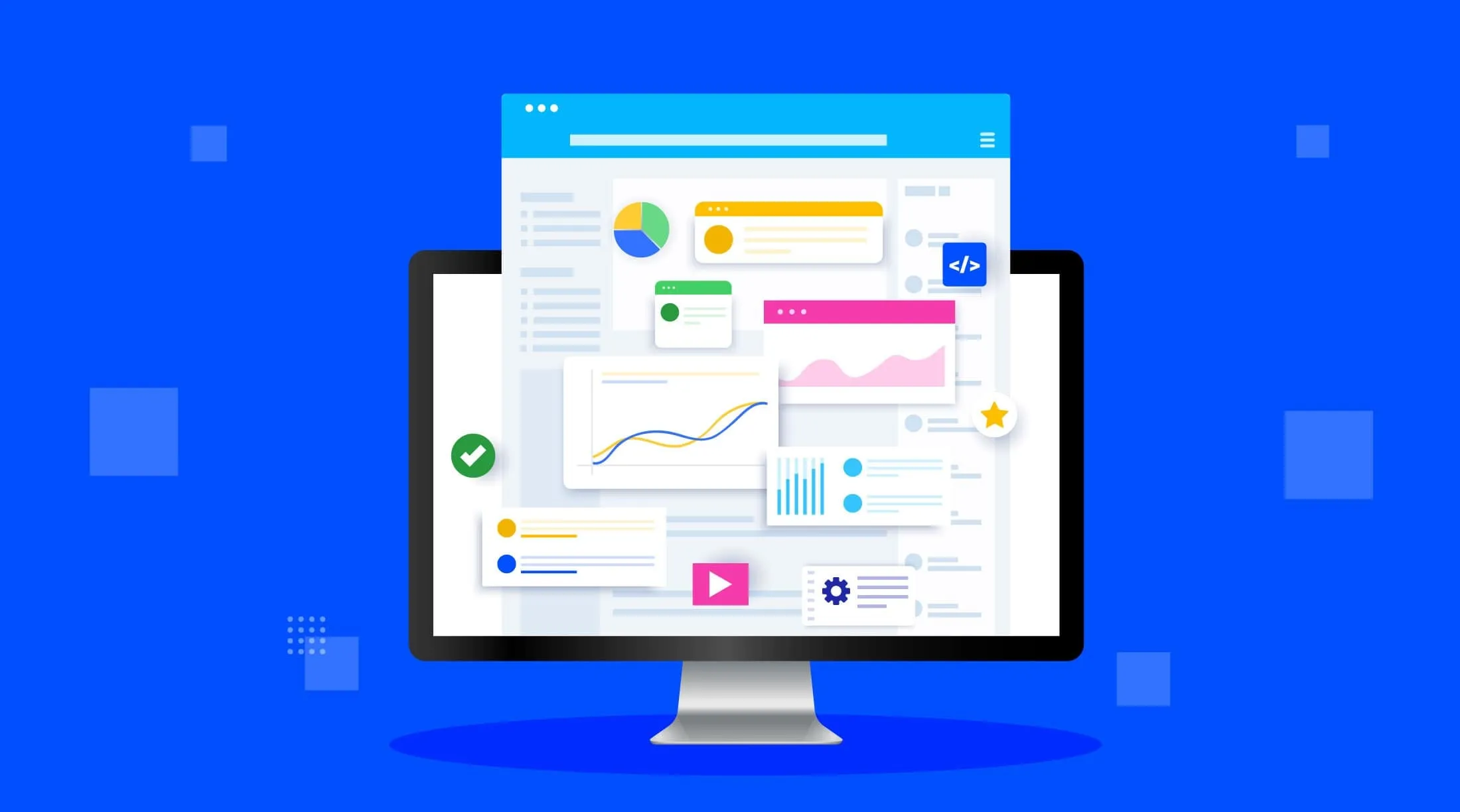
1. Scalability to Support Growth
Scalability means your email marketing software can grow with your business. As your contact list and marketing campaigns grow, the software should handle it seamlessly.
How to choose it:
Look for email marketing platforms that offer tiered plans. For example, start with a free plan if your business is small, but make sure there’s an option to upgrade as you grow. This helps you save money now while preparing for the future.
Platforms like Constant Contact are great for small businesses because they adapt to your own business needs over time.
"From startups to scaling businesses, Alore grows with you. Choose the plan that matches your ambitions. Find Your Plan."
2. User-Friendly Automation Tools
Automation tools streamline your workflow by managing repetitive tasks such as sending welcome emails or follow-ups, saving you valuable time.
How to choose it:
Pick an email marketing tool with an easy-to-use drag-and-drop editor. This makes it simple to set up automated emails without needing technical skills.
For example, you can schedule a welcome email for new customers or send promotional emails to specific groups.
Automation tools help you focus on building customer relationships while ensuring timely communication.
"Simplify your email marketing efforts with Alore’s automation tools. Schedule, segment, and manage your campaigns seamlessly. Explore Alore Now!"
3. Robust Reporting and Analytics
Analytics show how your email campaigns are performing. They help you understand what works and what doesn’t.
How to choose it:
Choose an email marketing platform that offers detailed reports. Look for features like open rates, click-through rates, and subscriber behavior. These insights help you improve future campaigns.
For example, if a subject line gets a low open rate, you can test a new one. Analytics ensure you get the most out of your email marketing tips and efforts.
"Track open rates, reply rates, and more with Alore’s detailed analytics dashboard. Gain actionable insights to optimize your strategy. Learn More About Analytics."
4. Integration with Existing Tools
Integration means your email marketing software can work well with other tools you already use, like a CRM or social media accounts. This ensures a smooth workflow without having to switch between multiple platforms.
How to choose it:
Check if the email marketing platform connects easily with tools like Salesforce or HubSpot. For example, if you manage customer data in a CRM, integration lets you use that data directly in your email campaigns. This saves time and helps you create more targeted messages.
Platforms like Constant Contact are known for seamless integrations, making them a good choice for small businesses.
5. Affordable Pricing with Transparent Tiers
Transparent pricing means you know exactly what you’re paying for. Many other email marketing services and tools offer pricing tiers based on features or the size of your contact list.
How to choose it:
Look for a free plan or a trial to test the software first. Compare pricing tiers to see which fits your business needs.
For example, some platforms charge per email sent, while others charge based on the number of contacts. Always read the fine print to avoid hidden fees.
Affordable and clear pricing ensures you stay within budget while accessing the features you need to grow.
How to Grow Your Email List Strategically

1. Offer Irresistible Lead Magnets
A lead magnet is something valuable you give to people in exchange for their email addresses. Examples include free eBooks, discounts, or exclusive content.
How to do it:
Create a lead magnet that solves a problem for your audience. For example, if you sell fitness products, offer a free workout guide.
Use a signup form on your website to collect email addresses. Lead magnets are a great way to attract new subscribers and keep potential customers interested.
2. Use Gamification for Engagement
Gamification means adding fun, game-like elements to your email signup process. This makes signing up feel exciting.
How to do it:
Add a spin-the-wheel game where visitors can win discounts or freebies in exchange for their email address.
Use email marketing tools to get customer retention and set this up quickly. Gamification encourages customers to engage with your brand and builds customer relationships.
3. Leverage Offline Channels
Offline channels are physical spaces like your store or events where you can collect email addresses.
How to do it:
Set up a tablet in your store where visitors can sign up for your email list. Offer an incentive, like a free item or a discount, for signing up.
You can also collect email addresses at trade shows or community events. This expands your reach beyond digital marketing channels and helps grow your contact list for other marketing channels.
4. Run Targeted Social Media Campaigns
Targeted social media campaigns use ads or posts to attract specific groups of people to your email list. These campaigns reach your target audience on platforms like Facebook or Instagram.
How to do it:
Start by identifying who you want to reach. Are they small business owners or potential customers interested in your product? Use Facebook Ads Manager or similar tools to create ads with a clear call to action, like “Sign up for our free guide.”
Include a link to your signup form for social media marketing. Social media campaigns are a great way to gain new subscribers and promote successful email marketing.
5. Collaborate with Complementary Businesses
Collaborating with businesses that complement yours helps you reach new subscribers. For example, if you sell coffee, partnering with a bakery could introduce you to their customers.
How to do it:
Reach out to local businesses or brands with a similar audience. Offer to create a joint promotion, such as a free eBook or a discount for both services.
Share the signup form link for both email marketers and audiences to sign up forms and join. Collaborations build customer relationships and grow your email campaigns effectively.
Benefits of Using an Email Service Provider
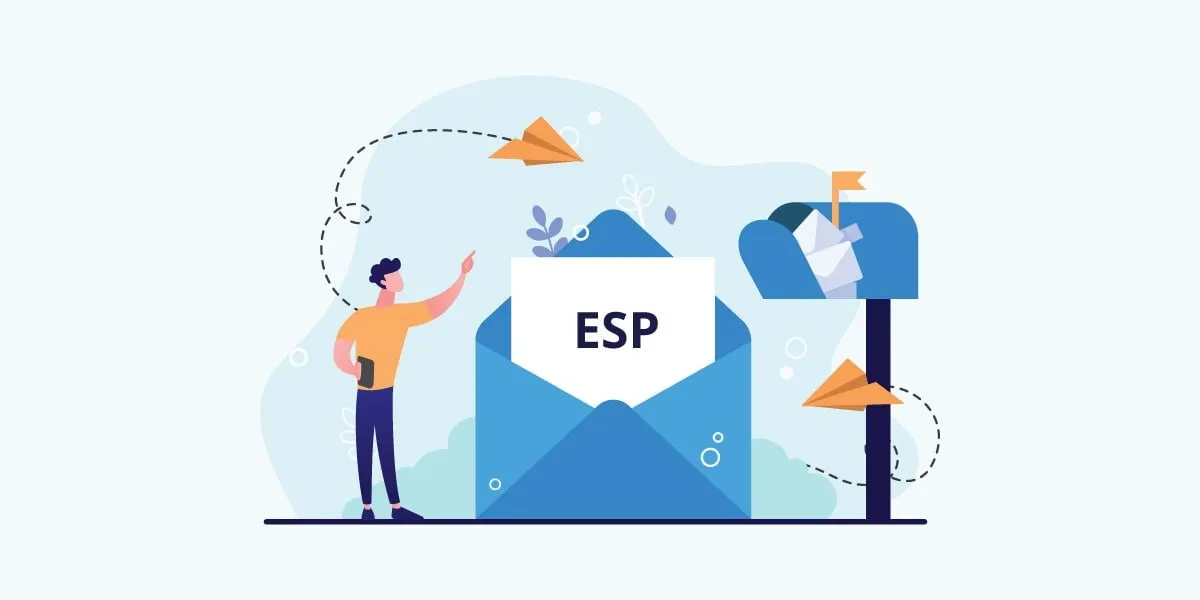
1. Time-Saving Automation Features
Automation features handle repetitive tasks like sending emails at the right time. These features save you time and help you focus on other parts of your business.
How it helps:
Imagine you want to send a welcome email to new subscribers. Instead of doing it manually, an email service provider (ESP) can send it automatically. Tools like Constant Contact or Mailchimp make this process simple.
Automation ensures emails are sent on time, helping you keep customers engaged. It’s perfect for small businesses that want to build customer relationships without spending hours every day.
2. Professional and Consistent Branding
Branding means how your business looks and feels to your customers. Consistency in design and tone builds trust. An ESP helps you create professional-looking emails that match your brand.
How it helps:
An email marketing tool comes with templates. You can add your logo, use your brand colors, and ensure your message looks polished.
For example, if you run a bakery, your emails can include your logo, a soft color palette, and a clear call-to-action, like “Order Now.” This consistency makes your small business look professional and memorable to your customers.
3. Advanced Audience Segmentation
Audience segmentation involves breaking down your email list into smaller groups based on common characteristics. These traits might include location, purchase history, or interests.
How to do it:
An email service provider helps you segment your list automatically. For example, you can create a group for loyal customers and another for new subscribers. This way, you send the right message to the right people.
If you’re a marketing channel promoting a discount for first-time buyers, it only goes to new subscribers. Segmentation improves email campaigns and ensures better engagement with your audience.
4. Regulatory Compliance Made Easy
Regulatory compliance means following email marketing laws like GDPR or CAN-SPAM. These laws protect customers’ privacy and ensure emails are sent with permission.
How to do it:
An email marketing tool helps you stay compliant. It includes features like opt-in forms and unsubscribe links, so customers can control how they receive emails.
Tools like Constant Contact also ensure your contact list is clean by removing invalid email addresses. Staying compliant not only avoids penalties but also builds trust with your audience.
"Ensure your emails land in inboxes, not spam folders. Alore’s domain health checks keep your email campaigns safe and effective. Secure Your Domain Now"
How to Measure and Optimize Your Email Marketing Efforts
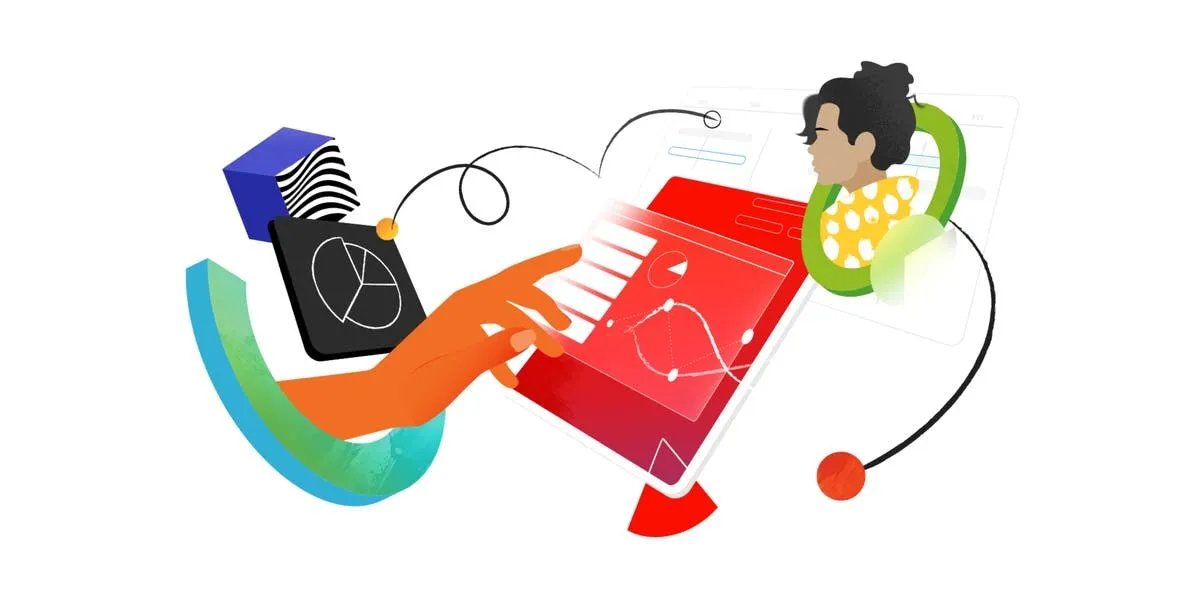
1. Track Beyond Open Rates
Open rates tell you how many people opened your emails, but that’s just the beginning. To truly understand success, you need to track other metrics like clicks, conversions, and bounce rates.
How to do it:
Use an email marketing tool to monitor these numbers. Look at click-through rates (how many people clicked links in your email) and conversion rates (how many people completed an action like making a purchase).
For example, if 50 people click your link but only 5 buy, you’ll know to improve your call-to-action. Tracking more than just opens helps you find what works and what doesn’t.
2. Leverage A/B Testing for Continuous Improvement
A/B testing email communications means trying two versions of an email to see which one performs better. It’s like testing a recipe to find the perfect flavor.
How to do it:
Pick one thing to test, like the subject line or button color. Send Version A to half of your list and Version B to the other half. Your email marketing software will show which version got more clicks or conversions.
For example, you might test “Get 20% Off Now” vs. “20% Off Just for You.” A/B testing helps you make smarter choices for future campaigns.
3. Segment and Compare Performance by Audience
Segmentation means dividing your email list into groups based on traits like location, interests, or behavior. Comparing performance by group tells you what works for each audience.
How to do it:
Create segments in your email service provider. For instance, separate loyal customers from new subscribers. Then, compare how each group responds to your campaigns.
Maybe your loyal customers prefer promotional emails with discounts, while new subscribers like welcome emails with helpful tips. Adjust your strategies based on what each group loves.
4. Monitor Engagement Over Time
Engagement means how your audience interacts with your emails. Monitoring engagement over time helps you understand if your email marketing campaigns are effective.
How to do it:
Track key metrics like open rates, click-through rates, and unsubscribes using an email marketing platform.
For example, if you notice a steady decline in opens, it may be time to adjust your subject lines or email content.
Look for patterns. If engagement dips during certain months, try seasonal promotions or re-engagement campaigns.
Constant monitoring helps you stay connected with your loyal customers and refine your email marketing strategy and efforts.
5. Incorporate Engagement-Based Retargeting
Engagement-based retargeting means reaching out to specific groups based on how they interacted with your previous emails.
How to do it:
Use your email service provider to segment your contact list. For example, send a special offer to customers who clicked a promotional email but didn’t buy. You can also send helpful follow-ups to those who opened but didn’t click.
Retargeting ensures your emails are relevant to each audience segment. This keeps your potential customers engaged and increases the chances they’ll become loyal customers.
Bonus Tips for Small Business Owners

1. Embrace Local Partnerships for Mutual Growth
Local partnerships are when you team up with other small businesses in your area to work toward shared goals.
How to do it:
Start by identifying businesses that complement your services or products. For example, if you own a bakery, you could partner with a nearby coffee shop to offer joint promotions. Share email lists (with consent) to expand your audience.
Collaborate on special events, like local markets or charity fundraisers. This approach strengthens relationships with your local community while growing your small business email marketing audience.
2. Use Customer Feedback to Shape Your Offerings
Customer feedback means listening to what your customers say about your business. Their opinions can help you improve your products and services.
How to do it:
Ask for feedback through surveys or follow-up emails after a purchase. Use an email marketing platform to send automated emails requesting reviews.
Look for patterns in the responses. For example, if multiple customers suggest a new feature or service, consider adding it.
Show customers you value their input by updating them about the changes you’ve made based on their feedback.
This builds stronger customer relationships and encourages loyal customers to keep supporting you.
3. Leverage Niche Social Media Communities
Niche social media communities are small, focused groups of people on platforms like Facebook, LinkedIn, or Reddit.
These groups share specific interests, such as local business trends or niche products. For small businesses, they can be a goldmine for connecting with your target audience.
How to do it:
Join Relevant Groups: Search for groups that align with your business. For example, if you sell handmade jewelry, join crafting or other small business owner who support communities.
Engage Authentically: Don't just post ads. Answer questions, share tips, and provide value. When people trust you, they’re more likely to become customers.
Share Valuable Content: Post helpful articles, tips, or updates about your business. For instance, share a behind-the-scenes story about how you create your products.
4. Prioritize Financial Health with Smart Tools
Managing your finances wisely is key to small business success. Smart financial tools, such as accounting software or expense trackers, can save you time and prevent costly mistakes.
How to do it:
Choose the Right Tools: Look for tools that fit your business size. QuickBooks or Wave are great for small businesses.
Track Expenses Regularly: Log all business expenses, from office supplies to advertising costs. Many tools sync with your bank account to automate this.
Plan for Taxes: Use financial tools to estimate and set aside money for taxes. This prevents surprises at the end of the year.
Conclusion
Small business email marketing is a powerful tool to connect with your audience. By using the right strategies and tools, you can grow your email list, engage loyal customers, and improve marketing campaigns. Remember to track your efforts and adapt as you learn. Email marketing for small businesses offers a cost-effective way to build lasting customer relationships and drive success.

.webp)



.jpg)

.jpg)
